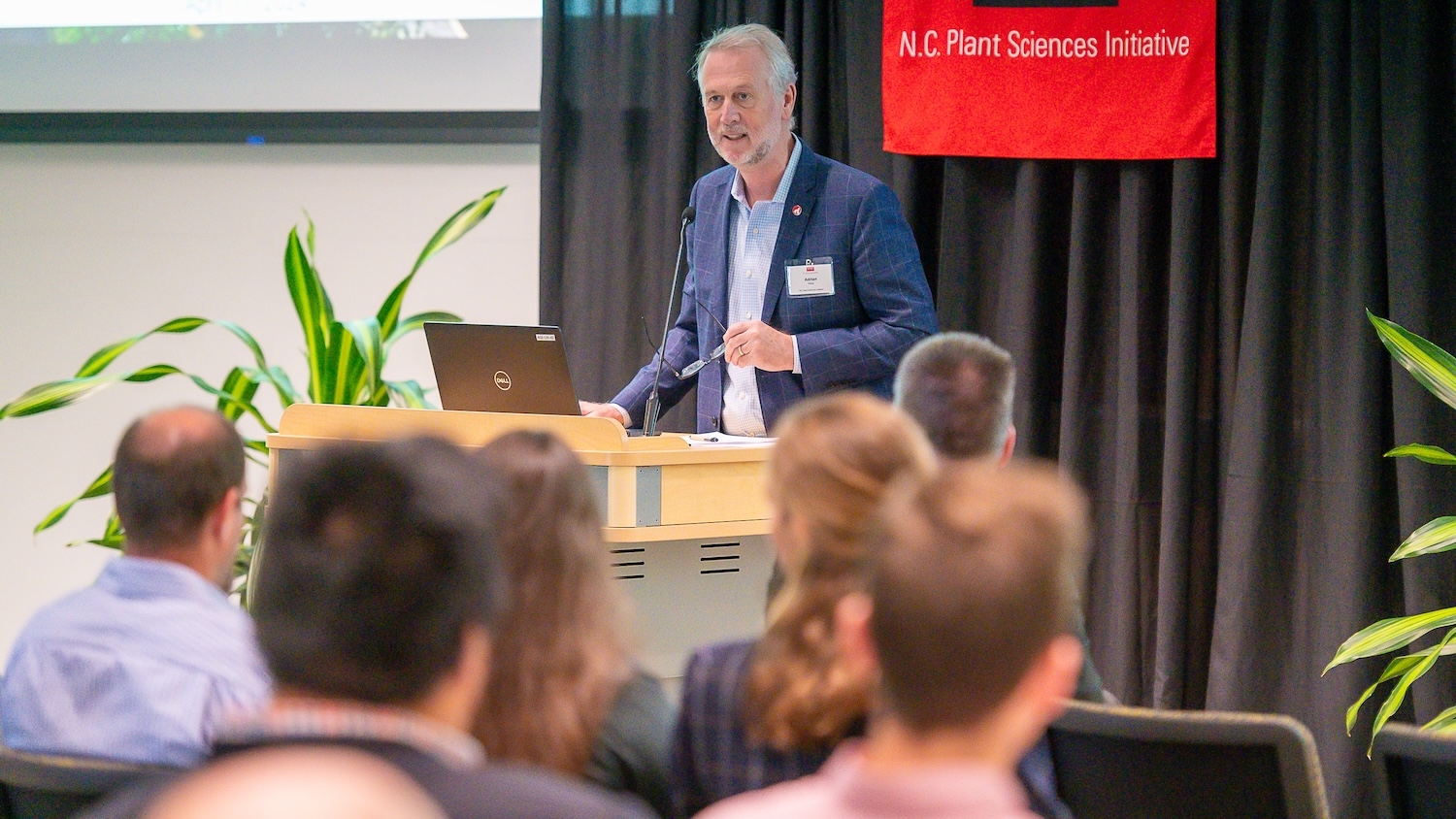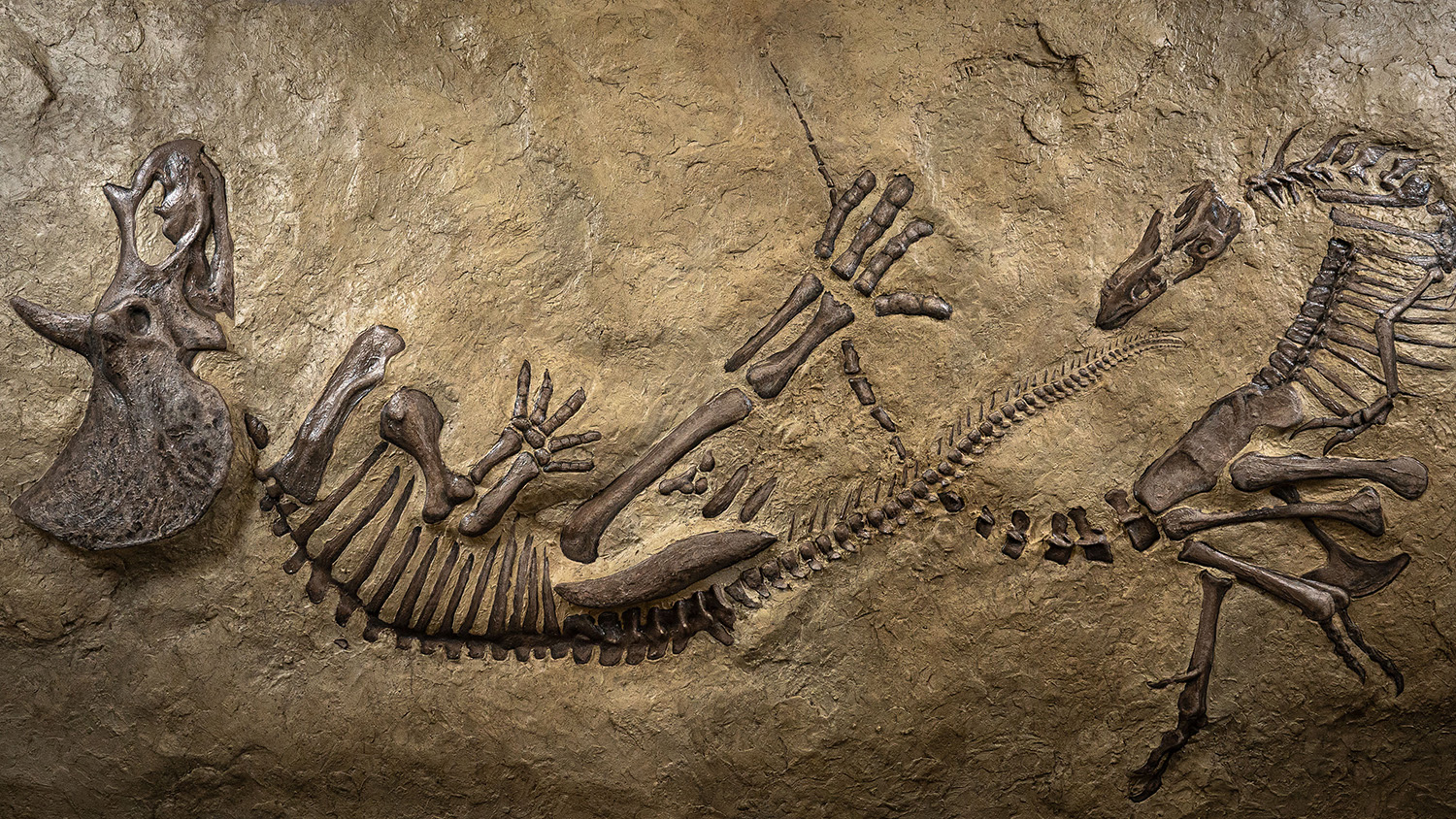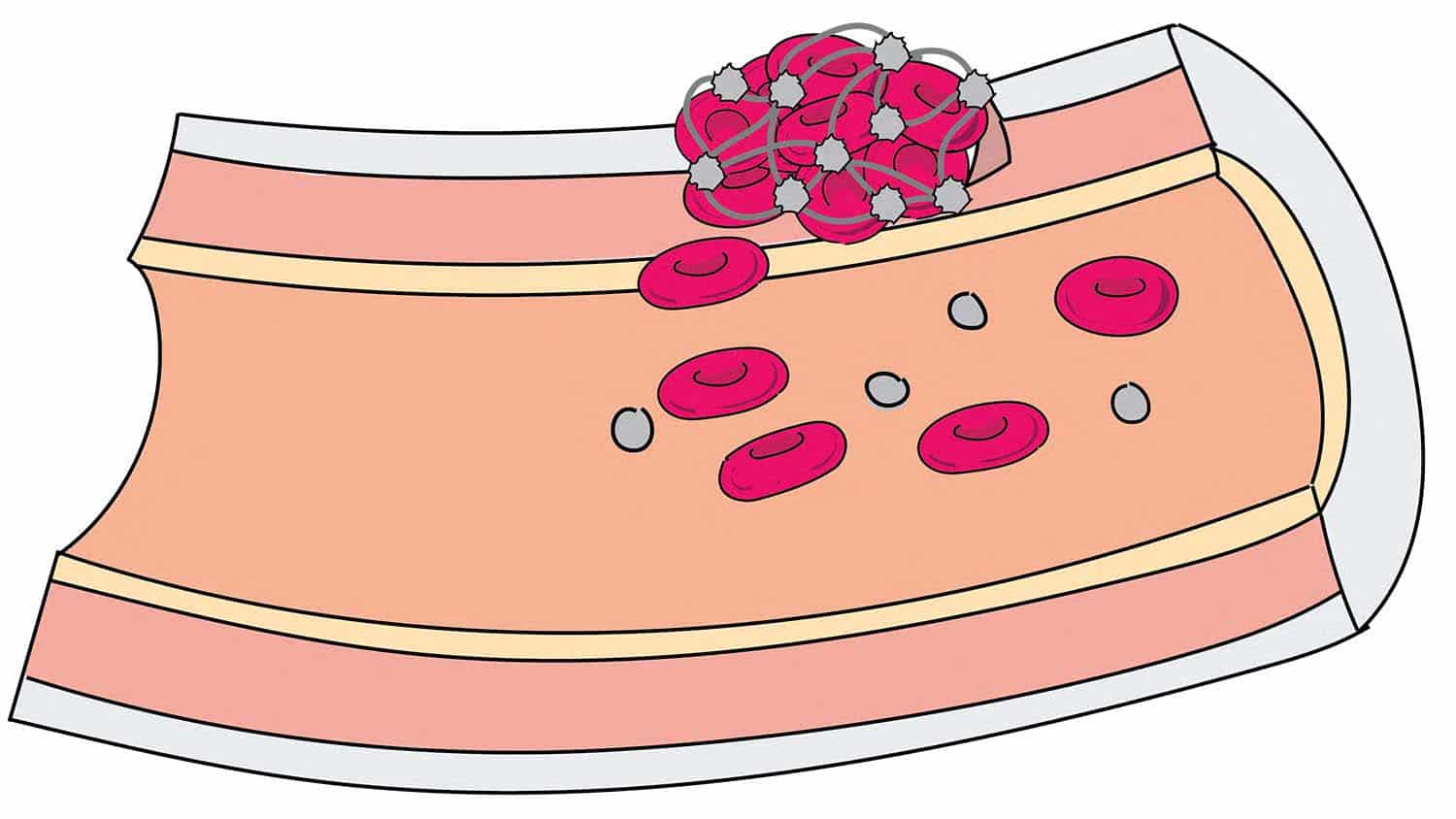Study Finds Heat Key Factor In Population Growth Of Some Urban Insect Pests
New research from North Carolina State University finds that higher temperatures found in urban environments are a key contributor to higher populations of insect pests called scale insects – indicating that an increase in temperatures associated with global climate change could lead to a significant increase in scale insect populations.
“We now have a better understanding of why trees in urban areas are infested by so many of these pests,” says Dr. Steve Frank, an assistant professor of entomology at NC State and co-author of a paper describing the study. “And if climate change causes temperatures to rise in forests, as we expect, we may see scale insects becoming a much bigger problem for ecosystem health.”

Scale insects are small pests that latch onto a plant and feed off of its sap, weakening and potentially killing the plant. In this study, researchers looked specifically at the oak lecanium scale insect (Parthenolecanium quercifex), which feeds solely on oaks.
The researchers used temperature maps to identify the hottest and coolest zones in the urban environment of Raleigh, N.C. They then evaluated the population densities of P. quercifex in those zones, and found that the scale populations were as much as 800 percent higher in the warm zones.
To determine whether the population difference was due to heat or other environmental factors, the researchers brought P. quercifex egg sacs from both hot and cool zones into the lab. Some egg sacs from the hot zones were placed in heat chambers, while other sacs from hot zones were placed in cooling chambers. Egg sacs from cool zones were also placed in heat and cooling chambers.
The egg sacs taken from the warmest urban zones and placed in the laboratory heat chamber resulted in a scale insect population that was 250 percent more abundant than any of the other scale groups.
“The scale insects in the hotter urban zones appear to have adapted or acclimated to the higher temperatures in urban environments,” says Emily Meineke, a Ph.D. student at NC State and lead author of the paper. “Theoretically, that adaptation would also allow them to take advantage of warmer temperatures that may result from climate change.”
The paper, “Urban warming drives insect pest abundance on street trees,” is published in PLOS ONE. The paper was co-authored by Dr. Robert Dunn, an associate professor of biology at NC State, and Dr. Joseph Sexton of the University of Maryland. The research was supported by the Department of the Interior Southeast Regional Climate Science Center, NC State’s Department of Entomology and an Environmental Protection Agency STAR Fellowship.
Frank’s research team is now working to determine which tree species may be more resistant to scale infestation, and therefore be better suited for use in urban areas.
-shipman-
Note to Editors: The study abstract follows.
“Urban warming drives insect pest abundance on street trees”
Authors: Emily K. Meineke, Robert R. Dunn and Steven D. Frank, North Carolina State University; Joseph O. Sexton, University of Maryland
Published: March 27, 2013, PLOS ONE
Abstract: Cities profoundly alter biological communities, favoring some species over others, though the mechanisms that govern these changes are largely unknown. Herbivorous arthropod pests are often more abundant in urban than in rural areas, and urban outbreaks have been attributed to reduced control by predators and parasitoids and to increased susceptibility of stressed urban plants. These hypotheses, however, leave many outbreaks unexplained and fail to predict variation in pest abundance within cities. Here we show that the abundance of a common insect pest is positively related to temperature even when controlling for other habitat characteristics. The scale insect Parthenolecanium quercifex was 13 times more abundant on willow oak trees in the hottest parts of Raleigh, NC, in the southeastern United States, than in cooler areas, though parasitism rates were similar. We further separated the effects of heat from those of natural enemies and plant quality in a greenhouse reciprocal transplant experiment. P. quercifex collected from hot urban trees became more abundant in hot greenhouses than in cool greenhouses, whereas the abundance of P. quercifex collected from cooler urban trees remained low in hot and cool greenhouses. Parthenolecanium quercifex living in urban hot spots succeed with warming, and they do so because some demes have either acclimatized or adapted to high temperatures. Our results provide the first evidence that heat can be a key driver of insect pest outbreaks on urban trees. Since urban warming is similar in magnitude to global warming predicted in the next 50 years, pest abundance on city trees may foreshadow widespread outbreaks as natural forests also grow warmer.
- Categories:


